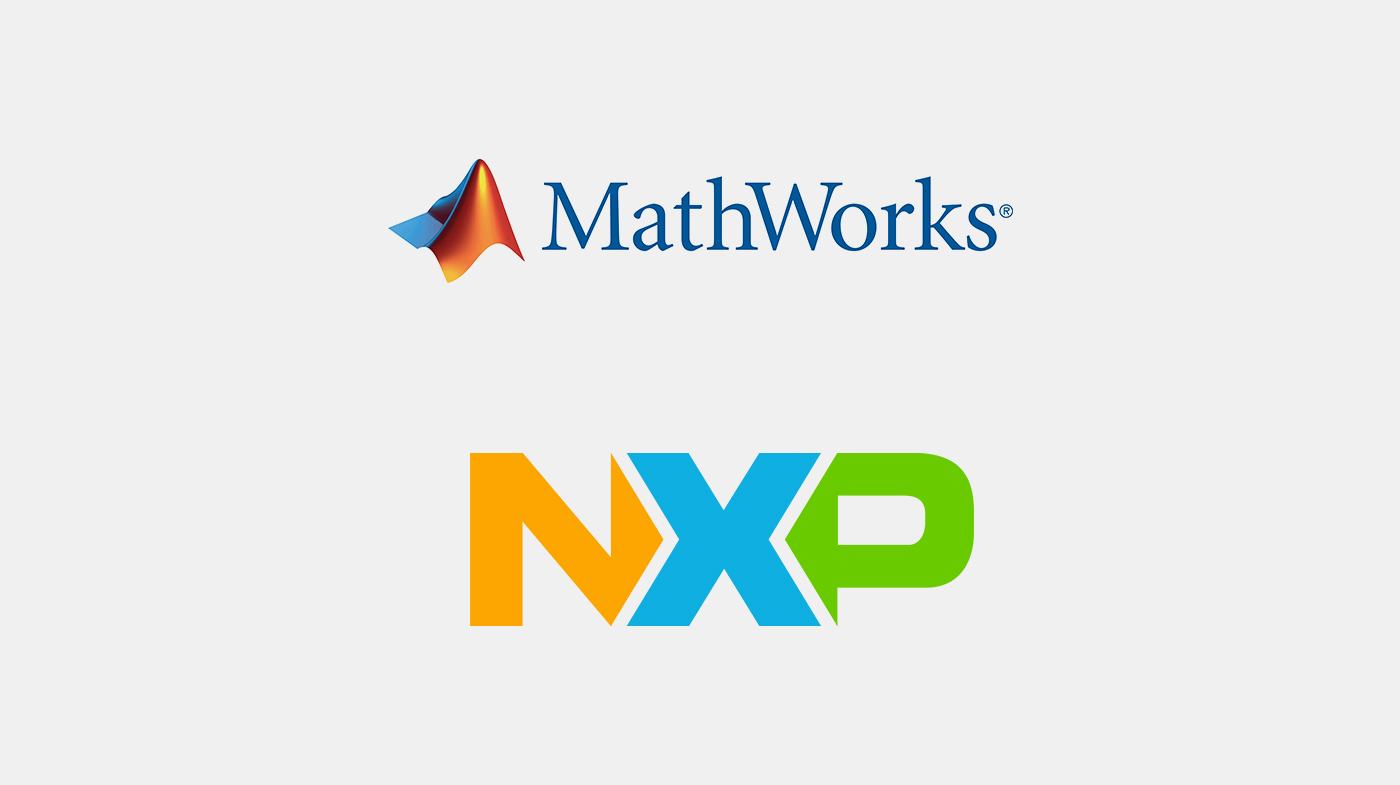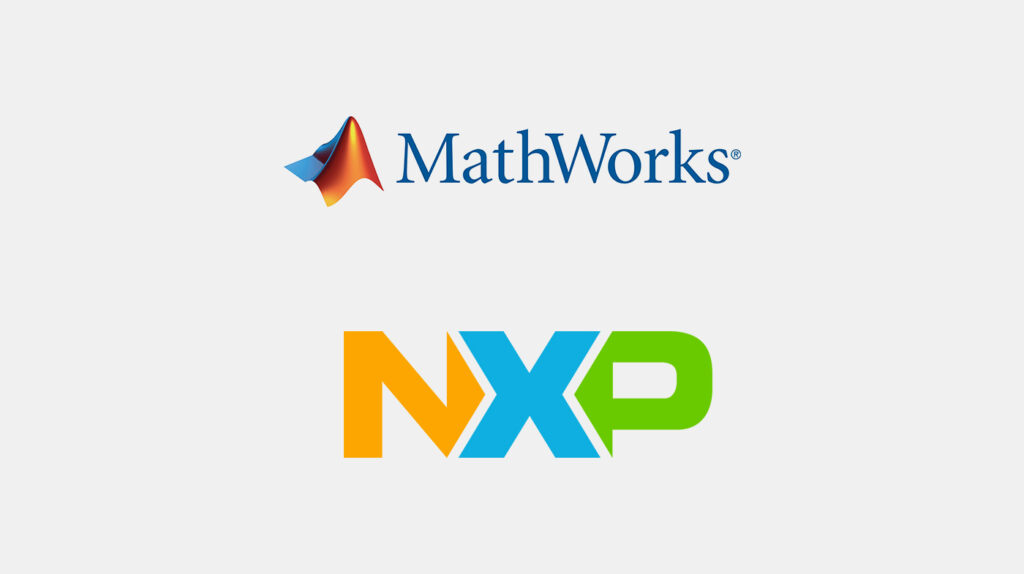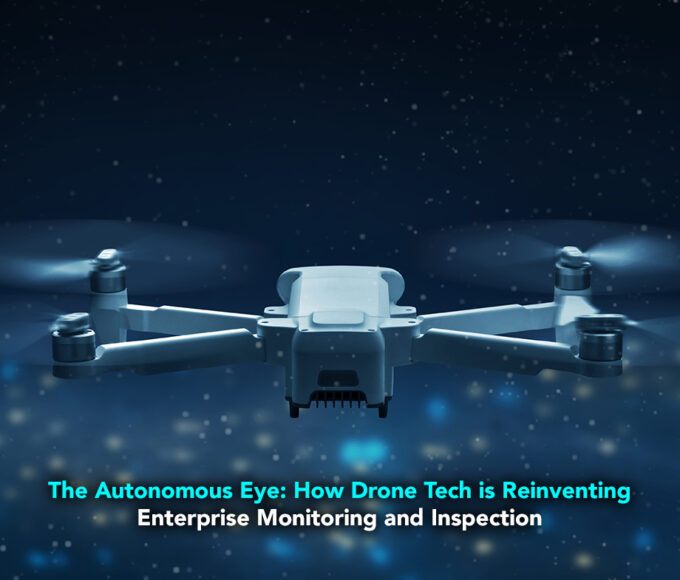Monday , 8 December 2025
- Sections
- Technologies
- Infra EPC
- People/ Newsmakers
- Newsletter
- Resources
- Sections
- Technologies
- Infra EPC
- People/ Newsmakers
- Newsletter
- Resources
- Sections
- Technologies
- Infra EPC
- People/ Newsmakers
- Newsletter
- Resources
Recent Posts
InfrastructureProducts / Applications
 dtcNovember 18, 20242 Mins read1k Views
dtcNovember 18, 20242 Mins read1k Views
MathWorks, NXP Unveil Model-Based Design Toolbox

Recent Posts
Categories
- Artificial Intelligence (AI227
- Cloud computing / Data centre77
- Cyber Security142
- Education Tech37
- Enterprise307
- FinTech32
- Gaming2
- Government/PSU10
- Hardware107
- Health Tech5
- Infra EPC7
- Infrastructure86
- People/ Newsmakers23
- Power31
- Products / Applications593
- Software380
- Tech Experts1
- Technologies2
- Telecom100
Related Articles
EnterpriseProducts / Applications
The Autonomous Eye: How Drone Tech is Reinventing Enterprise Monitoring and Inspection
In the relentless pursuit of operational excellence, risk mitigation, and cost efficiency,...
BydtcDecember 4, 2025
Artificial Intelligence (AI)Products / Applications
PPE Violation Detection in Real-time Using AIVID’s AI Video Analytics
In the fast-paced manufacturing world, every second, every action, and every precaution...
BydtcDecember 3, 2025
EnterpriseProducts / Applications
Armada, LTIMindtree Team Up to Enable Edge AI Adoption Across Industries
Armada, the hyperscaler for the edge, announced a collaboration with LTIMindtree to...
BydtcDecember 2, 2025
FinTechProducts / Applications
Karnataka Bank Picks IBM to Build Future-Ready API Platform
Karnataka Bank Limited (KBL), one of India’s leading ‘A’ Class Scheduled Commercial...
BydtcDecember 2, 2025














